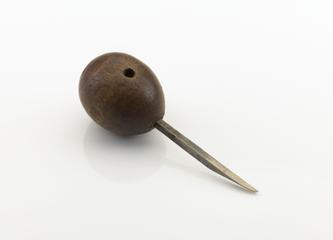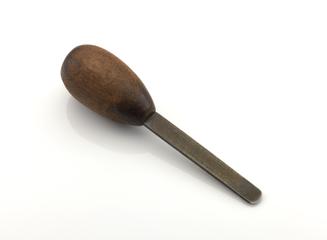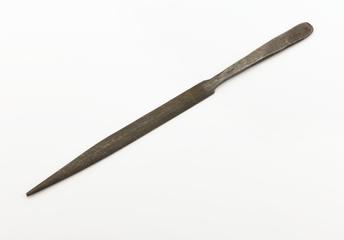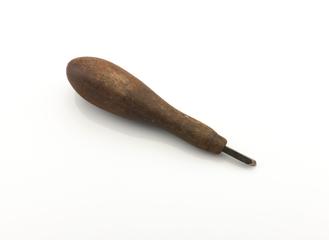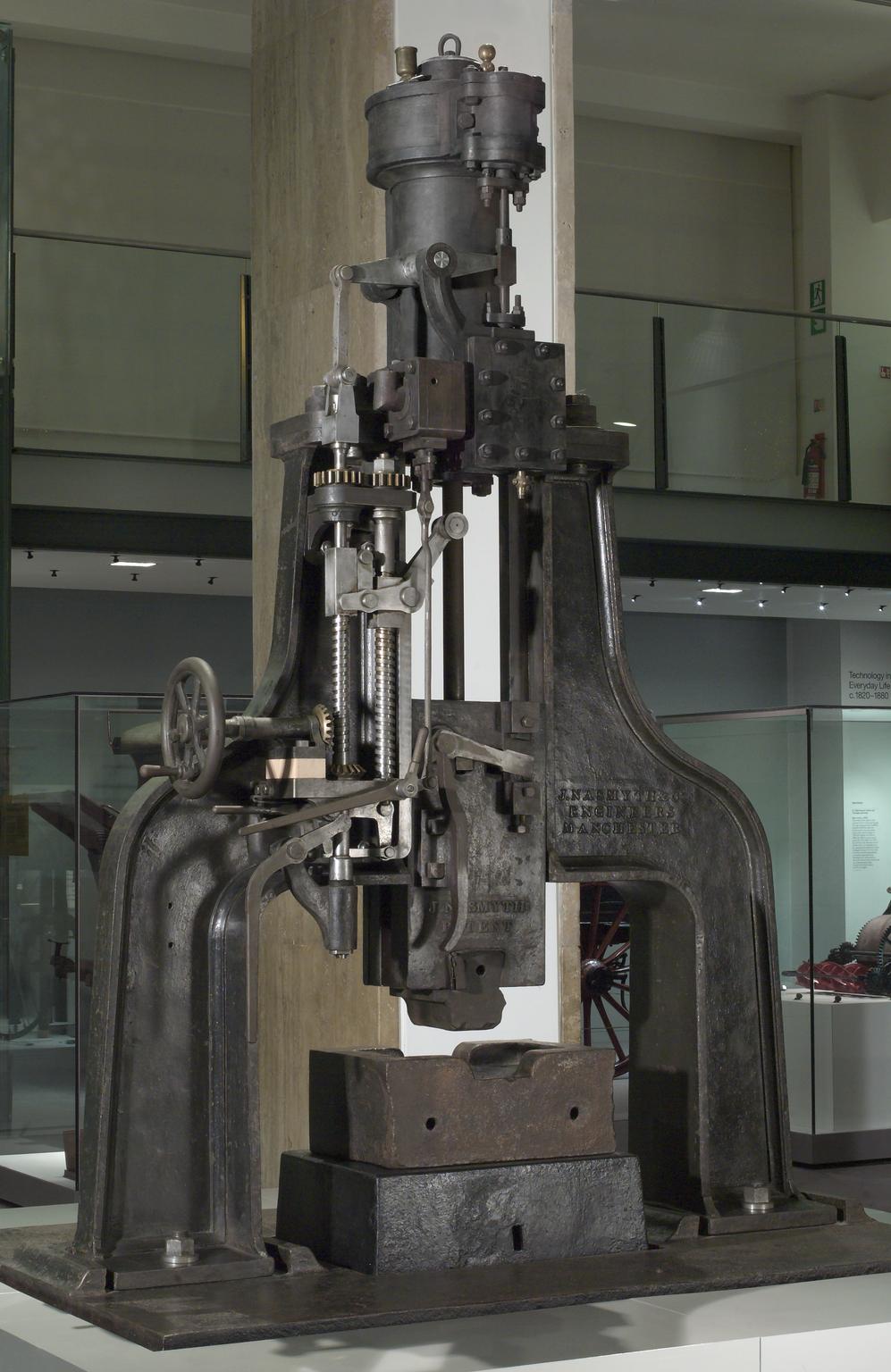
Nasmyth steam hammer
Nasmyth steam hammer, by James Nasmyth, Patricroft, Salford, Manchester, England, 1845-1855. Probably the earliest steam hammer. It was installed at the Royal Mint until 1933. Consisting of the component parts: - Anvil block, Anvil, Bedplate, two Standards (with maker's name and with lead stop-block attached - to which control gear attaches), Cylinder with valve chests, piston & rod, valve spindles and lubricators, Tup, with wiper cam and trip lever with wooden tappets and the Control gear assembly.
More
James Nasmyth invented the steam hammer in 1838 to forge the paddle shafts for SS Great Britain. In the end, the ship had propellers rather than paddle wheels, but Nasmyth's invention, renowned for both its power and its control, went on to play a key role in many large engineering projects.
- Materials:
- cast iron and steel (metal)
- Object Number:
- 1933-520 Pt1
- type:
- hammer - tool
- Image ©
- The Board of Trustees of the Science Museum


